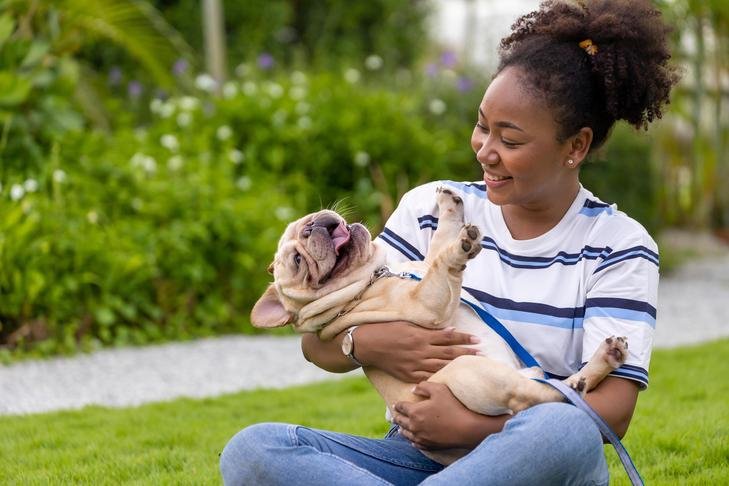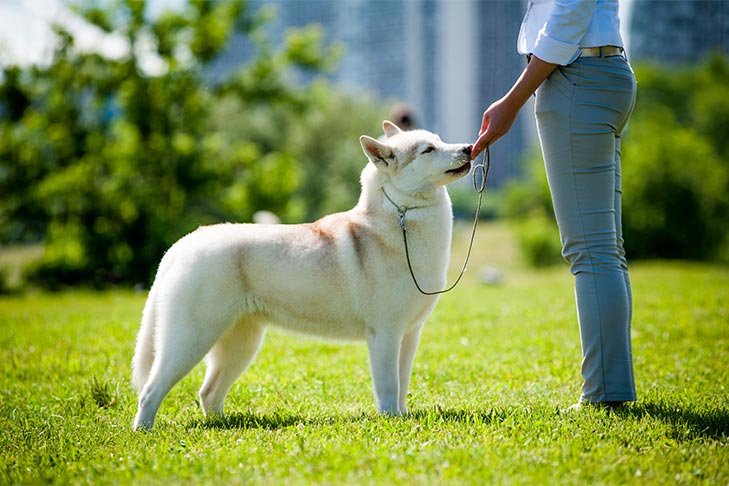Few things are more distressing for dog owners than witnessing their beloved pet growl, lunge, snap, or bite—whether it’s aimed at strangers, children, or other dogs. While canine aggression can be scary and difficult to manage, it’s not an unchangeable fate. Though no one can promise that a dog will never show signs of aggression, there are meaningful steps you can take to drastically reduce the chances of it happening.
Let’s explore the key principles behind preventing aggression in dogs and helping them become more confident, secure, and emotionally balanced companions.
What Exactly Is Canine Aggression?
Aggression in dogs isn’t about “bad behavior”—it’s often about fear, discomfort, or feeling threatened. Michael Shikashio, a certified dog behavior consultant and recognized expert in aggression, explains it succinctly: aggression is “behavior used to increase distance from or eliminate a provocative stimulus or threat.” In other words, aggression is a tool dogs use when they feel something is too much—too close, too scary, or too overwhelming.
It’s a natural response, not a moral failure. But it can be minimized with proactive care, training, and an understanding of what your dog is trying to communicate.
Early Socialization: The Foundation for Emotional Stability
One of the most effective ways to prevent aggressive behavior is proper socialization—especially during the critical early weeks of your puppy’s life.
Well-socialized dogs are less likely to interpret new experiences or people as threats. A dog who has encountered a wide range of friendly humans, dogs, and environments is far more likely to remain calm and confident when faced with something unexpected, like a person with a cane or a child riding a scooter.
Lack of socialization, on the other hand, often leads to fear-based reactivity. A dog who hasn’t seen much of the world is more likely to be startled and overwhelmed by even ordinary events. Since fear is the leading cause of dog aggression, helping your dog feel safe and familiar with the world is critical.

Puppyhood—especially the first three months—is the best time to introduce your dog to positive, gentle interactions with a wide variety of people, objects, and settings. Don’t just expose them—make it a positive experience. A treat for meeting a stranger, praise for calmly watching traffic, and gentle encouragement go a long way in shaping their worldview.
Don’t Overlook Physical Health
Behavioral changes are often linked to pain or illness. Dogs are masters at hiding discomfort, so it’s easy to miss subtle signs that something is wrong.
Pain—whether from arthritis, dental disease, or internal issues—can trigger defensive aggression, especially if a painful area is touched or manipulated. For example, a dog who growls during grooming may not be misbehaving—they might simply be hurting.
Regular veterinary check-ups, a balanced diet, and quick attention to behavioral shifts are essential. Before implementing any behavior modification program, rule out underlying medical conditions. No amount of training can undo the emotional response caused by chronic pain.

Mental and Physical Exercise: Fuel for a Calm Mind
A bored dog is often a frustrated dog—and frustration can lead to behavioral issues, including aggression.
Enrichment through both physical activity and mental stimulation is vital. What that looks like depends on your dog’s breed, age, and personality. Border Collies, for instance, need more structured, engaging work like agility or puzzle games, while a senior Bichon Frise may be content with short walks and gentle play.
Regardless of breed, every dog needs something to do. Toys that encourage problem-solving, interactive games, or even simple sniff walks can dramatically improve their emotional well-being and reduce the likelihood of problematic behaviors.
Be Your Dog’s Advocate
Perhaps the most important way to prevent aggression is by being attuned to your dog’s emotional cues and stepping in before they feel the need to escalate.
Dogs rarely bite without warning. More often, they show discomfort through subtle signals: yawning, lip licking, turning their head, tucking their tail, or pulling their ears back. These signs are your dog’s way of saying, “I’m not okay.”
When you notice these signals, remove your dog from the situation or reduce the perceived threat. Don’t force interactions. For example, if your dog is uneasy about strangers, don’t allow unfamiliar people to approach without consent. Build trust by protecting your dog’s boundaries.
This advocacy fosters safety and strengthens your bond. Your dog learns that they can rely on you, making them less likely to feel cornered or defensive.

Get Professional Support
If your dog already shows signs of aggression—or you’re concerned about early warning behaviors—don’t wait. Consult with a certified professional who specializes in canine behavior.
Behavior modification strategies like desensitization and counterconditioning can work wonders when handled by knowledgeable trainers. These techniques gently expose dogs to their triggers in a controlled way, paired with positive reinforcement, to shift their emotional response from fear to comfort.
Remember, even if your dog must face something uncomfortable—like a vet visit or nail trim—training can prepare them to handle it with less fear and more confidence over time.
Prevention Is an Ongoing Journey
There’s no magic fix to ensure a dog will never show aggression. But by focusing on socialization, health, enrichment, and safety, you can significantly lower the odds and foster a happy, well-adjusted canine companion.
In the end, preventing aggression isn’t just about avoiding dangerous behavior—it’s about helping your dog feel safe, respected, and supported in a world that can sometimes be confusing or overwhelming. With patience, understanding, and the right guidance, your dog can thrive—and so can your life together.


